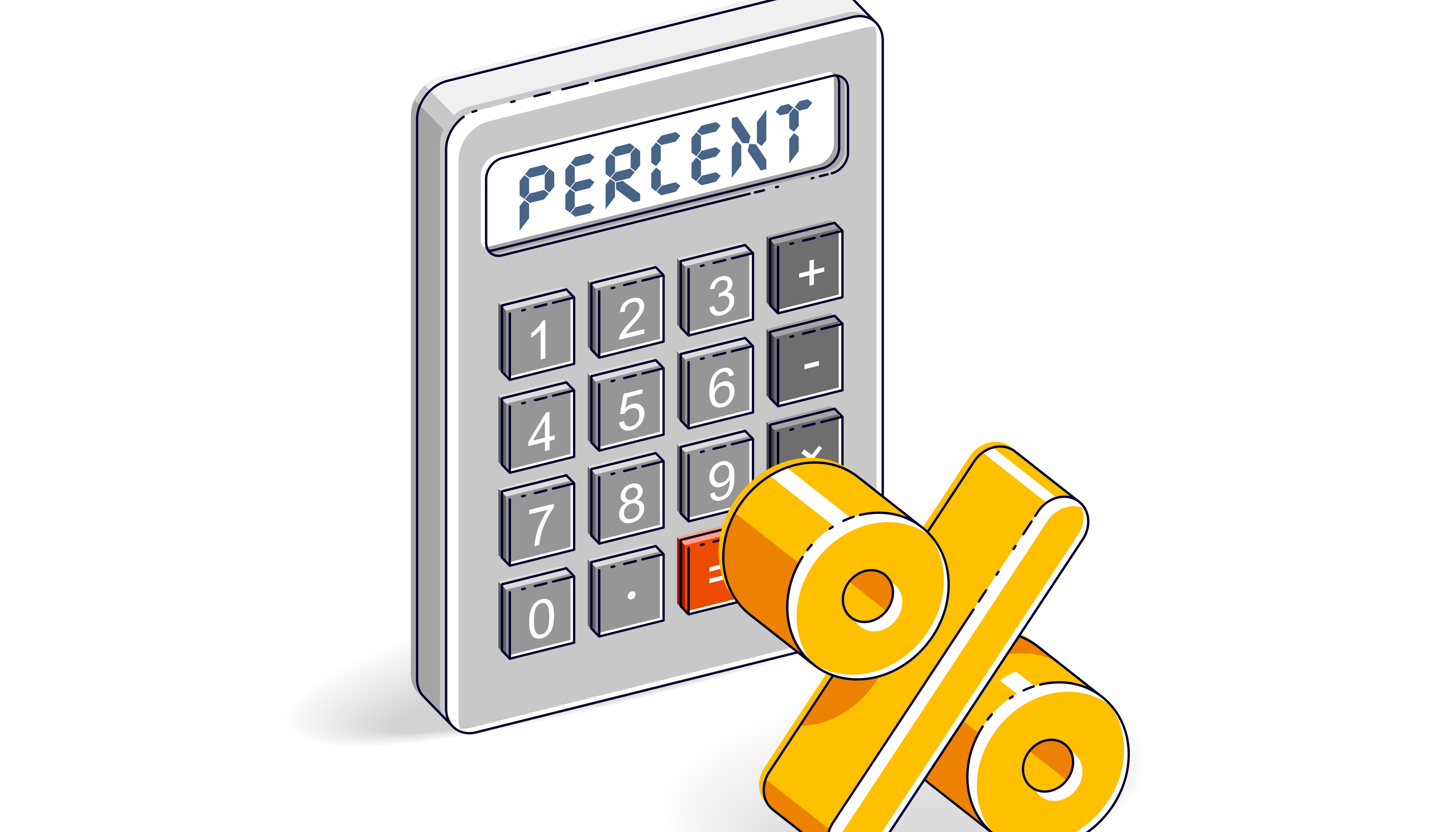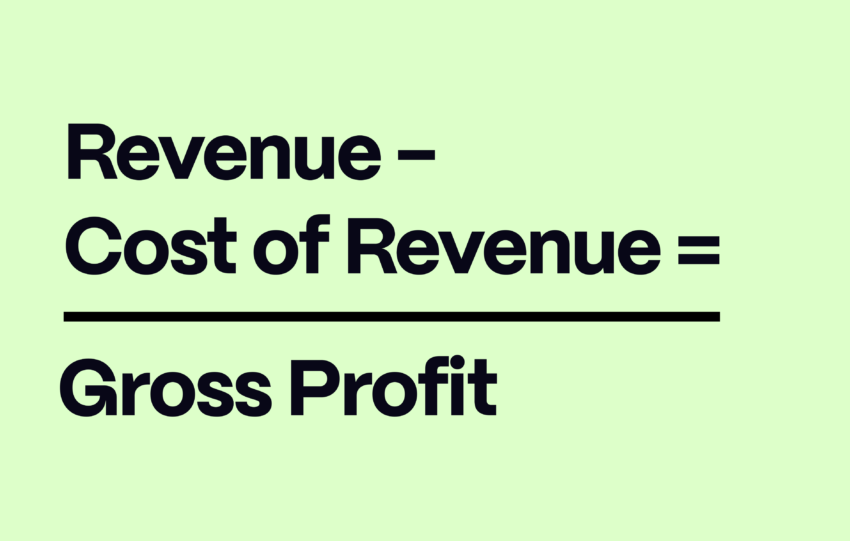How to Calculate Gross Profit: Formula and Examples

Are you trying to figure out how much money your business actually makes before covering expenses like rent, salaries, and marketing? That’s where gross profit comes in! It’s one of the most straightforward yet powerful financial metrics, giving you a clear picture of your profitability and efficiency.
Whether you’re a business owner looking to improve your bottom line or simply want to better understand financial statements, knowing how to calculate gross profit can be a game changer.
Let’s break it down step by step with formulas and real-world examples to make it easy to grasp.
Table of Contents
What Is Gross Profit?
Gross profit is the amount of money a business makes after subtracting the direct costs of producing goods or services. It’s a key indicator of profitability and efficiency, showing how well a company is managing its production costs.
Why does gross profit matter?
- It helps businesses determine pricing strategies.
- It identifies cost inefficiencies.
- It’s a fundamental number used to calculate other financial metrics like gross profit margin.
Gross Profit Formula
The formula for calculating gross profit is: Gross Profit = Revenue – Cost of Goods Sold (COGS)
Let’s break it down:
- Revenue: The total income generated from sales before any expenses are deducted.
- COGS (Cost of Goods Sold): The direct costs of producing goods or services, including raw materials, labor, and manufacturing expenses.
Example 1: Gross Profit Calculation for a Retail Store
Imagine you own a clothing store. Last month, you made $50,000 in sales (Revenue). The cost of purchasing inventory and manufacturing expenses totaled $30,000 (COGS).
Gross Profit = 50,000 – 30,000
This means you earned $20,000 after covering the costs of producing and selling your items.
Example 2: Gross Profit Calculation for a Bakery
You run a bakery that sold $10,000 worth of cakes in a month. The cost of ingredients, packaging, and direct labor totaled $4,000.
Gross Profit = 10,000 – 4,000
Your bakery made $6,000 in gross profit before other expenses like rent, utilities, and marketing.
Best Business Credit Cards for 2025
Build credit. Get higher limits. Earn rewards. See the top business credit cards that can help grow your business.
Find the Best Card for Your Business →The Difference Between Gross Profit vs. Net Profit
It’s important to distinguish between gross profit and net profit:
- Gross Profit: Revenue minus COGS (focuses only on production costs).
- Net Profit: Revenue minus all expenses, including rent, salaries, taxes, and other operating costs.
While gross profit tells you how efficiently you’re producing goods, net profit gives a complete picture of overall profitability.
What Is a Good Gross Profit to Have?
There’s no one-size-fits-all answer to what makes a “good” gross profit, as it varies by industry. Some businesses have higher production costs, while others operate with wider margins. In general, a higher gross profit margin indicates stronger financial health and better pricing power.
Here are some typical industry benchmarks:
- Retail: 20%–50%
- Manufacturing: 25%–35%
- Technology & Software: 60%–90%
- Food & Beverage: 30%–40%
To gauge whether your gross profit is on track, compare it to industry averages and look at trends over time. If your margin is lower than competitors, it may be a sign to adjust pricing, cut production costs, or improve efficiency.
Tips On How to Improve Your Gross Profit
If you want to boost your gross profit, here are a few strategies you should try out:
- Increase Prices: Ensure your pricing reflects the value of your products while staying competitive.
- Reduce COGS: Look for more cost-effective suppliers, negotiate better rates, or try to optimize your production.
- Improve Sales Volume: Sell more products without significantly increasing production costs.
- Optimize Operational Efficiency: Streamline labor and reduce waste to maximize profitability.
Wrapping Up: How to Calculate Gross Profit
If you want to understand how well a business is doing financially, calculating gross profit is a great place to start. Using the simple formula (Gross Profit = Revenue – COGS), you can quickly determine how much money your business is making before other expenses come into play.
Whether you’re running a business or just learning about finance, this skill can help you make better decisions. Why not give it a try? Pick a business you know, crunch the numbers, and see what insights you discover!
FAQs
1. What is the difference between gross profit and gross profit margin?
Gross profit is the dollar amount remaining after subtracting COGS from revenue, while gross profit margin is the percentage of revenue that remains after covering production costs.
2. Why is gross profit important for a business?
Gross profit helps businesses understand their profitability, set pricing strategies, and identify cost inefficiencies. It’s a key metric for financial health.
3. How can a company improve its gross profit?
Businesses can improve gross profit by increasing prices, lowering production costs, negotiating better supplier deals, and optimizing operations to reduce waste.
4. What expenses are included in the cost of goods sold (COGS)?
COGS includes direct costs like raw materials, labor, and manufacturing expenses but excludes overhead costs like rent, marketing, and administrative expenses.
5. How do you calculate gross profit margin?
Gross profit margin is calculated using the formula: (Gross Profit / Revenue) x 100
For example, if your business has a gross profit of $20,000 and revenue of $50,000, your gross profit margin would be 40%.
Business & Marketing Guides
Gross Profit Formula Explained
Understand the essential formula to calculate and maximize your business profits.
🚀Low-Cost Business Ideas with High Profit
Discover profitable business ideas that require minimal investment.
📈Marketing Strategies to Boost Productivity
Learn marketing techniques that can enhance efficiency and drive business growth.





